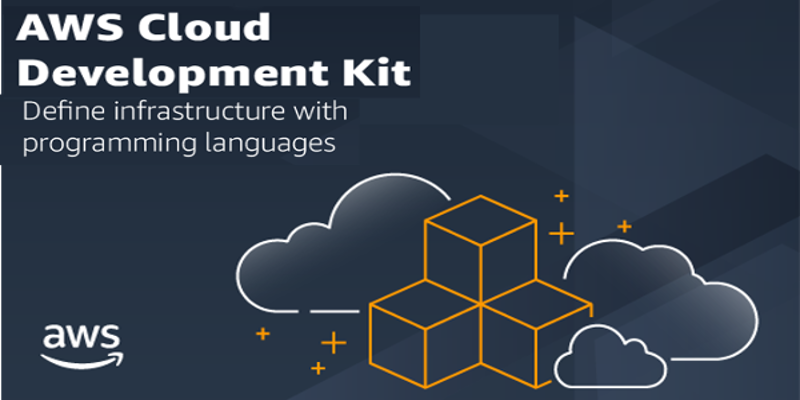AWS Developer Tools Blog
Category: Management Tools
New: Default Payload Compression for Amazon CloudWatch PutMetricData with the AWS SDKs
The AWS SDKs and Tools team is excited to announce support for request compression for the PutMetricData operation of Amazon CloudWatch. When publishing metrics to CloudWatch, the AWS SDKs will now automatically compress the metric data to reduce bandwidth utilization and latency. Motivation Compressing request payloads on the client prior to sending them to a […]
.NET Lambda Annotations Framework is now generally available
We are happy to announce the general availability of the Lambda Annotations Framework for .NET. This new programming model makes the experience of writing Lambda in C# feel more natural for .NET developers by using C# Source Generators. In this post we’ll show how to use framework to simplifying writing .NET Lambda functions that are […]
Run an Active-Passive, multi region API using Aurora RDS Global Cluster
Increasingly enterprises and customers run and manage applications at a global scale that need to be resilient and highly available. In order to deliver the best possible experience to their end consumers, these applications need to safeguard against risks of service disruptions and downtime. Risks due to service downtime, due to natural disasters, hardware failures, […]
Using Amazon Corretto (OpenJDK) for lean, fast, and efficient AWS Lambda Applications
Using Amazon Corretto (OpenJDK) for lean, fast, and efficient AWS Lambda By Guest Blogger Adam Bien In this post, I will discuss how you can launch large, monolithic applications on top of AWS Lambda, and I’ll show that they perform well and are cost effective. You’ll learn that the same application you develop for Lambda […]
Build and Deploy a Microsoft .NET Core Web API application to AWS App Runner using CloudFormation
In this blog we show you how to build a Microsoft.NET Web API application with Amazon Aurora Database using AWS App Runner. AWS App Runner makes it easy for developers to quickly deploy containerized web applications and APIs, and helps us start with our source code or a container image. Container workload management tasks, such […]
How customer feedback shaped the AWS Cloud Development Kit version 2
The DevOps movement has blurred the line between runtime code and infrastructure code, and it’s no surprise that engineers want to write both in the same language. This is why we created the AWS Cloud Development Kit (CDK), which enables you to define your cloud Infrastructure as Code (IaC) using the familiarity and expressive power […]
.NET at re:Invent 2021
Running .NET applications on AWS has never been better and our sessions at re:Invent this year reflect that excitement. All our sessions are for builders who want real-world insights and coding examples they can immediately apply in their applications. We also have a virtual option for those who cannot make it to Las Vegas. This […]
Build and Deploy .Net Core WebAPI Container to Amazon EKS using CDK & cdk8s
In this blog, we will leverage the development capabilities of the CDK for Kubernetes framework also known as cdk8s along with the AWS Cloud Development Kit (AWS CDK) framework to provision infrastructure through AWS CloudFormation. cdk8s allows us to define Kubernetes apps and components using familiar languages. cdk8s is an open-source software development framework for defining Kubernetes applications and […]
How Vendia leverages the AWS CDK to dynamically provision cloud infrastructure
In this guest post, Ryan Green, senior software engineer, explains how Vendia uses the AWS Cloud Development Kit (AWS CDK) and AWS CloudFormation to dynamically provision cloud infrastructure on behalf of their customers. Abstract Vendia enables organizations to securely share data and code across regions, accounts, and clouds at scale. Vendia Unis, or Universal Apps, […]
Deploying AWS Step Functions using GitHub Actions
In order to achieve repeatable, secure, and automated deployments, it is necessary to set up a CI/CD pipeline. Typically, the CI/CD pipeline will lint configurations, build, test, and deploy your code and infrastructure using one seamless process. A common best practice for deploying your infrastructure and code to AWS is to tie into a source […]









